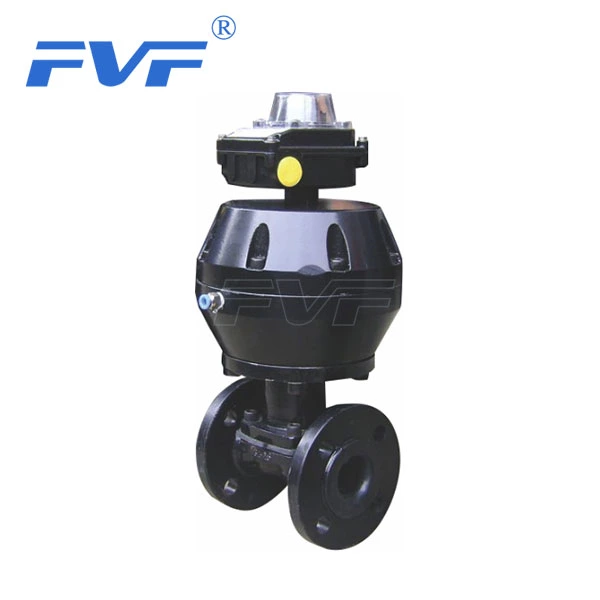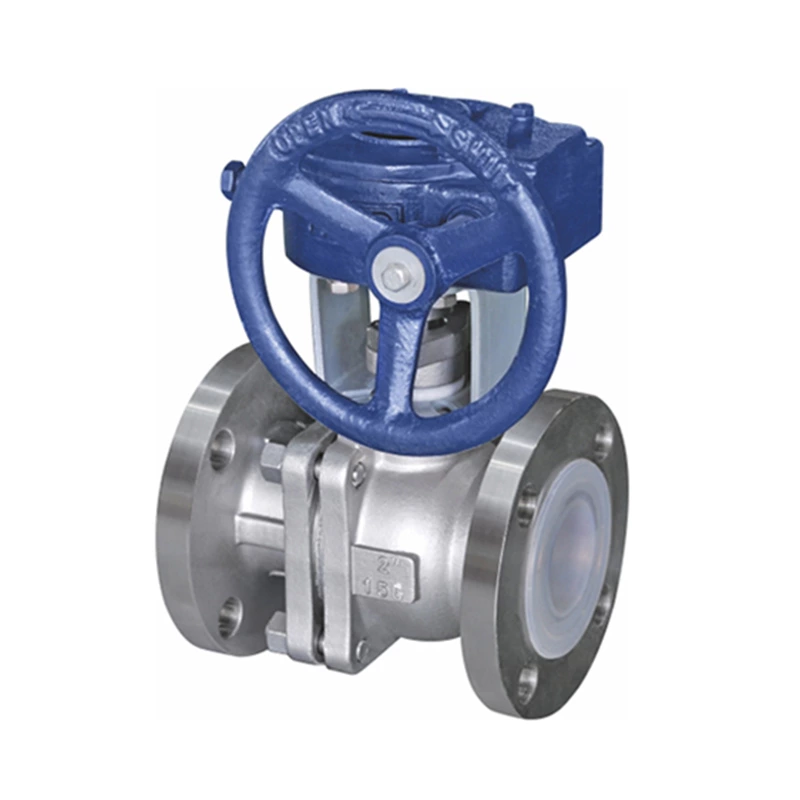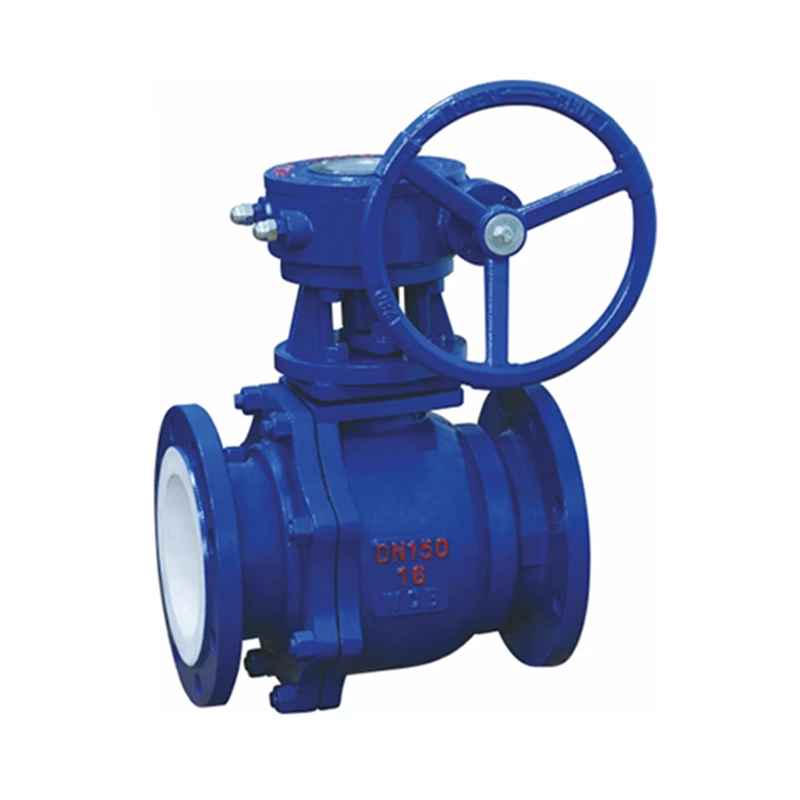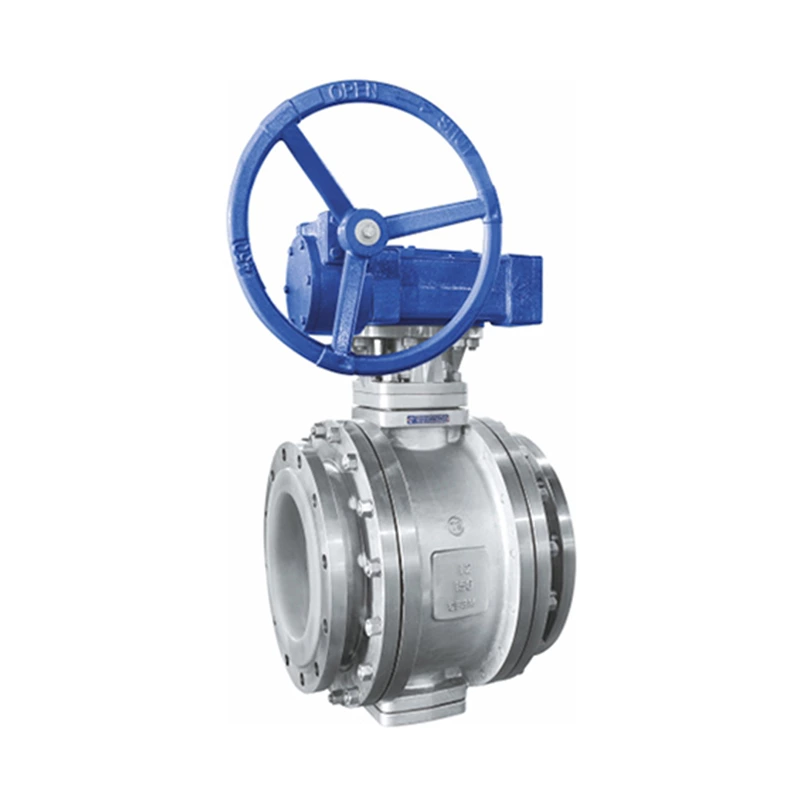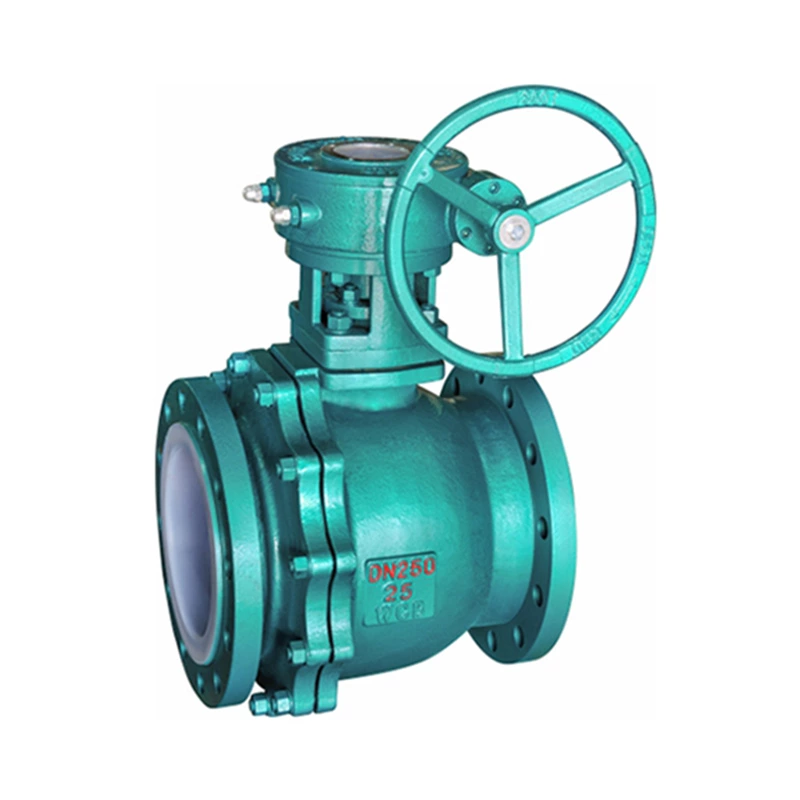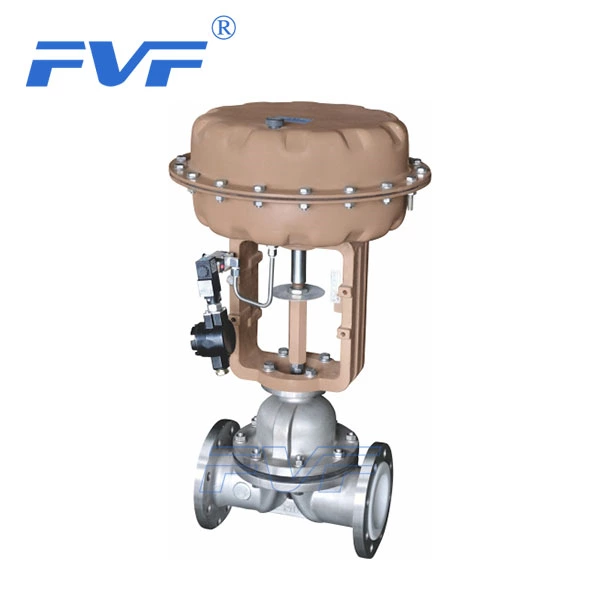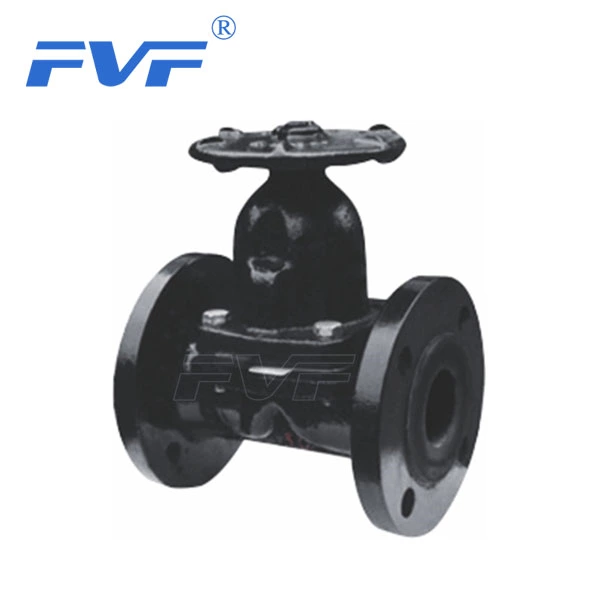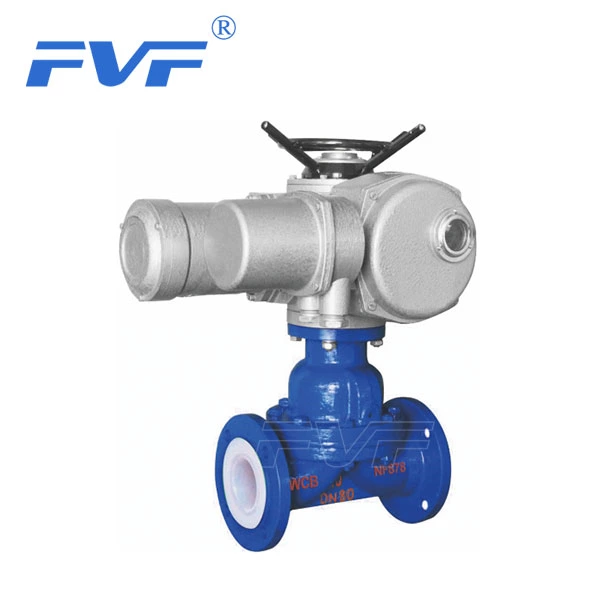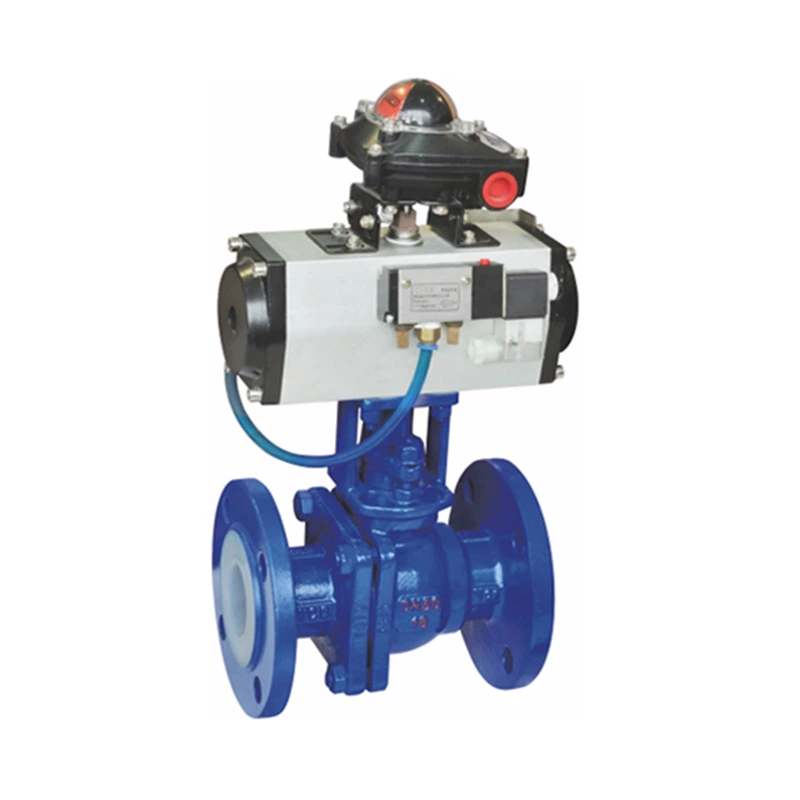Maintenance Methods For Valves In Operation
The purpose of maintenance of the Lined Valve in operation is to ensure that the valve is always clean, well lubricated, complete in valve parts, and in normal operation.
1. Cleaning of valves
The surface of the valve, the trapezoidal threads on the valve stem and the valve stem nut, the sliding parts between the valve stem nut and the bracket, and the gears, worm gears and other parts are prone to accumulate a lot of dust. Oil stains and medium residues will cause wear and corrosion to the valve. Therefore, it is obviously very important to keep the outside and moving parts of the valve clean and protect the integrity of the valve paint. The dust on the valve is suitable for brushing and compressed air blowing; the trapezoidal threads and the dirt between the teeth are suitable for wiping with a rag; the oil stains and medium residues on the valve are suitable for steam blowing, and even brushing with a copper wire brush until the processed surface and the matching surface show a metallic luster, and the paint surface shows the original color of the paint. The steam trap should be under the responsibility of a dedicated person, and it should be checked at least once per shift. The plugs at the bottom of the flushing valve and the drain valve should be opened regularly for flushing, or they should be disassembled and flushed regularly to prevent dirt from clogging the valve.
2. Lubrication of valves
Trapezoidal threads, the sliding parts of valve stem nuts and brackets, bearing parts, meshing parts of gears and worm wheels, worms, and other cooperating parts all require good lubrication conditions to reduce mutual friction and avoid mutual wear. Some parts are specially equipped with oil cups or oil nozzles. If they are damaged or lost during operation, they should be repaired and replaced, and the oil circuit should be unblocked.
Lubricated parts should be refueled regularly according to specific conditions. Valves that are frequently opened and have high temperatures are suitable for refueling once a week to a month. Valves that are not frequently opened and have low temperatures can have a longer refueling cycle. Lubricants include engine oil, butter, molybdenum disulfide, and graphite. High-temperature valves are not suitable for engine oil and butter, which will melt and flow away due to high temperature, but are suitable for injecting molybdenum disulfide and wiping graphite powder. For exposed parts that need lubrication, such as trapezoidal threads, gears, etc., if grease such as butter is used, it is easy to be contaminated with dust, while molybdenum disulfide and graphite powder are used for lubrication, which is not easy to be contaminated with dust, and the lubrication effect is better than butter. Graphite powder is not easy to apply directly, so it can be mixed with a little engine oil or water to make it strong.
Oil-filled plug valves should be filled with oil at the specified time, otherwise they are prone to wear and leakage.
3. Valve maintenance
Valve in operation, all kinds of valve parts should be complete and intact. The screws on the flange and bracket are indispensable, the threads should be intact, and no loosening is allowed. If the fastening nut on the handwheel is found to be loose, it should be tightened in time to avoid wearing the connection or losing the handwheel and nameplate. If the handwheel is lost, it is not allowed to be replaced by an adjustable wrench, and it should be replaced in time. The packing gland is not allowed to be skewed or pre-tightened. For valves in environments that are easily contaminated by rain, snow, dust, wind and sand, etc., the valve stem should be installed with a protective cover. The scale on the valve should be kept complete, accurate and clear. The valve's lead seal, cap, pneumatic accessories, etc. should be complete and intact. The insulation jacket should be free of dents and cracks.
It is never allowed to knock, stand or support heavy objects on a running valve, especially non-metallic valves and cast iron valves.
